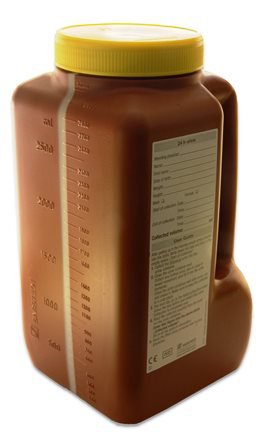Copper (Cu)
Chemical Pathology
Notes
- Copper is an essential trace element which acts as a co-factor for a number of enzymes involved in normal metabolic function.
- Copper is absorbed by the gut, bound to albumin and transported to the liver where it is incorporated into caeruloplasmin before being released into the circulation. Caeruloplasmin accounts for 80-90% of the circulating copper. The main route of copper excretion is into bile.
- Overt copper deficiency is rare due to liver storage of this trace element, but can be seen in patients on long term parenteral nutrition, post gastric bypass surgery, or with excess/chronic zinc supplementation due to inhibition of copper absorption.
- Symptoms of copper deficiency involve haematological and neurological manifestations, including anaemia, neutropenia, myelopathy, ataxia, peripheral neuropathy and optic neuropathy.
- Menkes disease is a rare X-linked recessive disorder in which there is impaired copper absorption and renal copper wasting.
- Wilson's disease is another inherited disorder of copper metabolism with impaired hepatic incorporation of copper into caeruloplasmin and reduced biliary excretion leading to copper accumulation in the liver initially then in other tissues.
- For investigation of possible Wilson's disease the recommended tests are caeruloplasmin and 24h urine copper rather than plasma copper levels.
Sample requirements
For adults, 6 ml of blood taken into a trace element tube

For children and neonates, a minimum of 1 ml taken into a Teklab tube

For urine copper, a 24h urine sample collected into a plain brown 3L bottle

Storage/transport
Do not store. Send bloods at ambient temperature to the laboratory the same day. Urine collection should be sent to the laboratory as soon as possible after completion and ideally within 24h of finishing.
Required information
Relevant clinical details.
Turnaround times
The samples are sent to a referral laboratory for analysis with results expected back within 2 weeks.
Reference ranges
Plasma copper reference ranges are age dependant:
| Age | Reference Range | Units |
|---|---|---|
| < 4 months | 1.4 - 7.2 | µmol/L |
| 4 - 6 months | 3.9 - 17.3 | µmol/L |
| 7 months - 1 year | 7.9 - 20.5 | µmol/L |
| > 1 year | 12.0 - 25.0 | µmol/L |
Urine copper reference range: Less than 0.9 µmol/24h
Further information
To learn more about copper visit Lab Tests Online
Page last updated: 07/02/2019